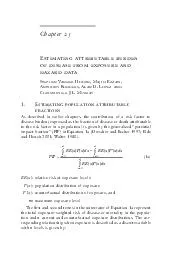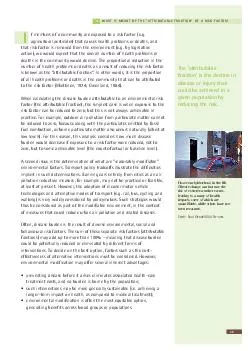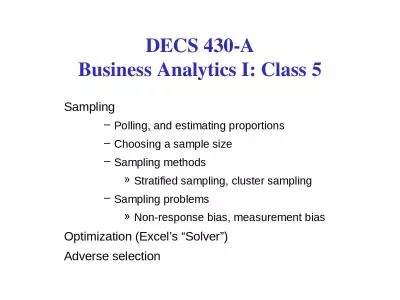PDF-.Estimating population attributablefractionsimpact fraction
Author : stefany-barnette | Published Date : 2016-09-18
RRxPxdxRRxPxdxRRxPxdx Estimating attributable burden of disease from exposure andhazard dataStephen Vander HoornMajid EzzatiAnthony RodgersAlan DLopez and Christopher
Presentation Embed Code
Download Presentation
Download Presentation The PPT/PDF document ".Estimating population attributablefract..." is the property of its rightful owner. Permission is granted to download and print the materials on this website for personal, non-commercial use only, and to display it on your personal computer provided you do not modify the materials and that you retain all copyright notices contained in the materials. By downloading content from our website, you accept the terms of this agreement.
.Estimating population attributablefractionsimpact fraction: Transcript
Download Rules Of Document
".Estimating population attributablefractionsimpact fraction"The content belongs to its owner. You may download and print it for personal use, without modification, and keep all copyright notices. By downloading, you agree to these terms.
Related Documents














